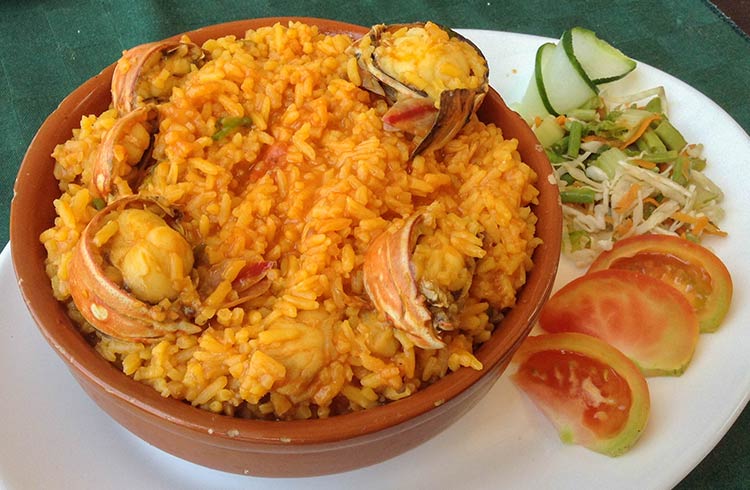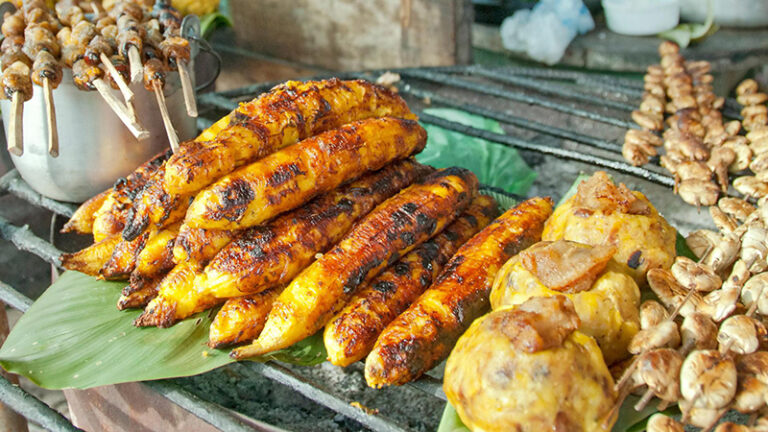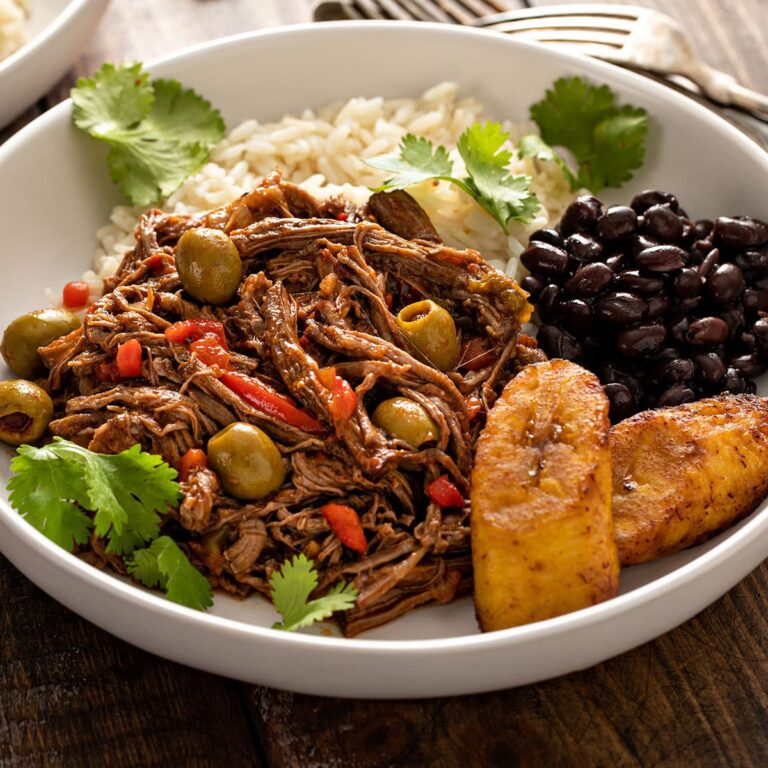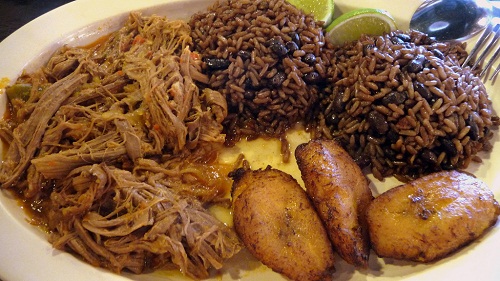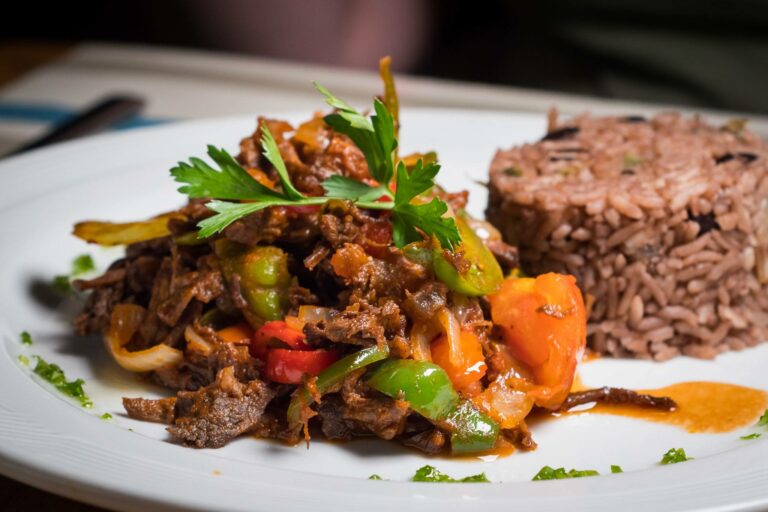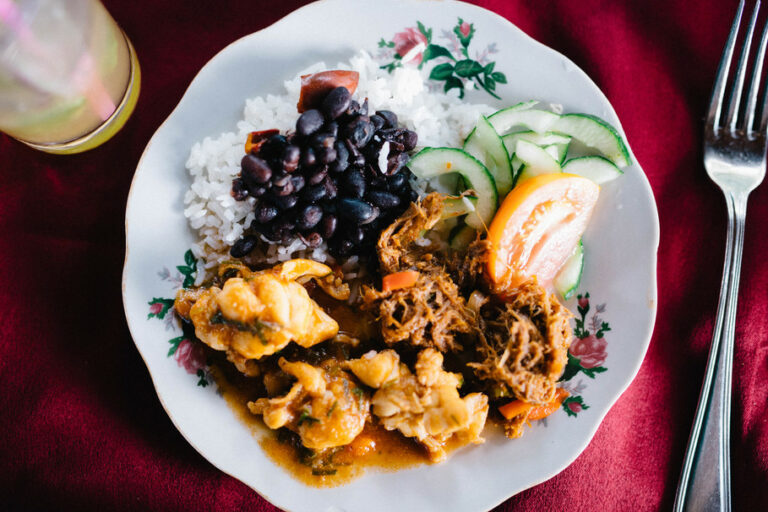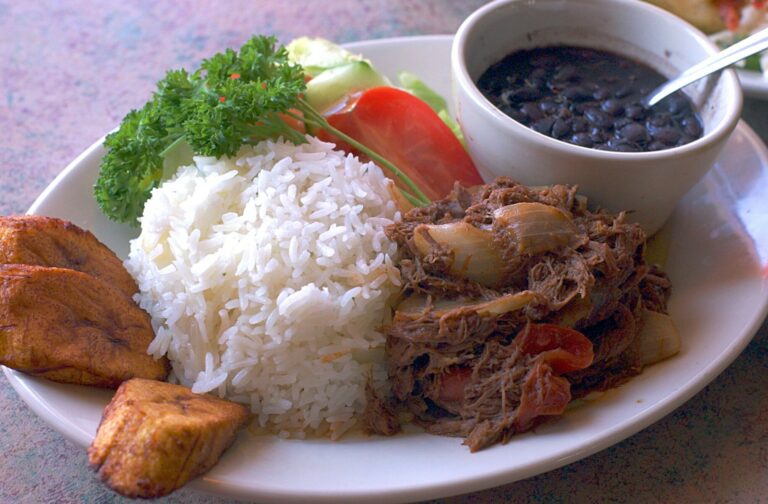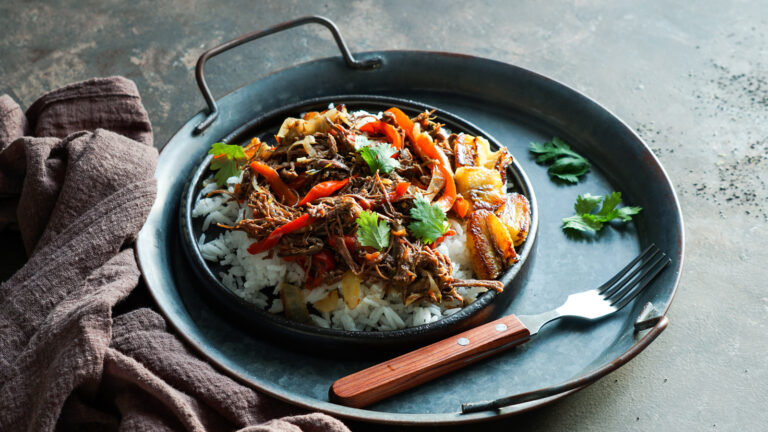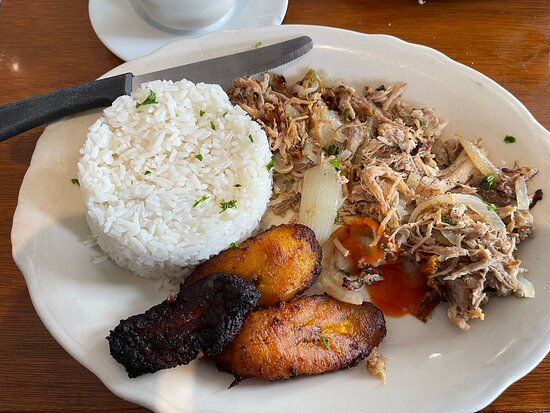Introduction: Exploring Cuban Cuisine
Cuban cuisine is a reflection of the island’s rich cultural history. It is a fusion of Spanish, African, and Caribbean influences that has developed over centuries. The cuisine is known for its bold flavors, unique combinations of spices, and a variety of cooking techniques. From rice and beans to roasted pork and grilled fish, Cuban cuisine offers a diverse range of dishes for food enthusiasts.
The Influence of Spanish and African Cuisines
Spain’s colonization of Cuba in the 15th century had a significant impact on Cuban cuisine. Spanish ingredients such as olive oil, citrus fruits, and rice became staples of Cuban cuisine. African slaves brought with them their cooking techniques and spices, which further enriched the cuisine. The use of garlic, onion, and cumin in Cuban dishes can be attributed to African influence. Cuban cuisine is a reflection of the island’s history and culture, and the blend of Spanish and African cuisine is what makes it unique.
Traditional Cuban Dishes: Rice, Beans, and Plantains
Rice, beans, and plantains are the staples of traditional Cuban cuisine. Rice and beans are usually cooked together and served as a side dish. Moros y Cristianos, also known as black beans and rice, is a popular combination. Plantains, a starchy fruit that looks like bananas, can be fried, boiled, or mashed. Tostones, a popular snack, are twice-fried plantains that are crispy on the outside and soft on the inside.
Popular Cuban Dishes: Ropa Vieja, Lechon Asado, and More
Ropa vieja, a shredded beef dish in tomato sauce, is one of the most popular Cuban dishes. Lechon asado, a roasted pork dish, is another favorite. Other popular dishes include picadillo, a ground beef dish with olives and raisins, and arroz con pollo, a chicken and rice dish cooked in a sofrito sauce. Seafood dishes such as ceviche and grilled fish are also popular in coastal regions.
Cuban Street Food: Pastelitos, Empanadas, and Tamales
Cuban street food is a must-try for any food lover. Pastelitos, flaky pastries filled with sweet or savory fillings, are a popular breakfast or snack food. Empanadas, savory turnovers filled with meat or cheese, are a popular lunch or dinner option. Tamales, a steamed cornmeal dish filled with meat or vegetables, are another street food favorite.
Cuban Drinks: Mojitos, Daiquiris, and Cafe Cubano
Cuban drinks are as unique and flavorful as their cuisine. Mojitos, a refreshing cocktail made with rum, mint, lime juice, and soda water, is a favorite among tourists. Daiquiris, another popular cocktail made with rum, lime juice, and sugar, was a favorite of Ernest Hemingway. Cafe Cubano, a strong espresso coffee with sugar, is a staple of Cuban culture.
Cuban Desserts: Tres Leches, Flan, and Arroz con Leche
Cuban desserts are the perfect way to end a meal. Tres leches, a sponge cake soaked in three types of milk, is a popular dessert. Flan, a creamy caramel custard, is another favorite. Arroz con leche, a sweet rice pudding, is another traditional dessert.
Conclusion: The Diversity and Flavor of Cuban Cuisine
Cuban cuisine is a blend of Spanish, African, and Caribbean influences that has developed over centuries. From traditional rice and beans to street food favorites like pastelitos and empanadas, Cuban cuisine offers a diverse range of dishes for food enthusiasts. The bold flavors and unique combinations of spices make Cuban cuisine a must-try for any food lover.

